
Authors: Jonathan Yearsley, Rainer Melzer and Carl Frisk, September 2023
Year: 2023
Agricultural grasslands are a crucial part of Ireland’s agroeconomy. Within these grasslands, perennial ryegrass (Lolium perenne) is the dominant species and underpins much of their performance, of which the timing of growth (i.e., the phenology of grasslands) is an important aspect. A late start or an early end to the growing season requires grazing livestock to be housed for longer, which in turn requires farmers to have additional reserves of forage. Reserves depend on the length of the grass growing season. Seasons with exceptionally late starts and those with poor forage harvests have been major contributory factors to past fodder crises, with broad consequences for the economy, animal welfare and human well-being.
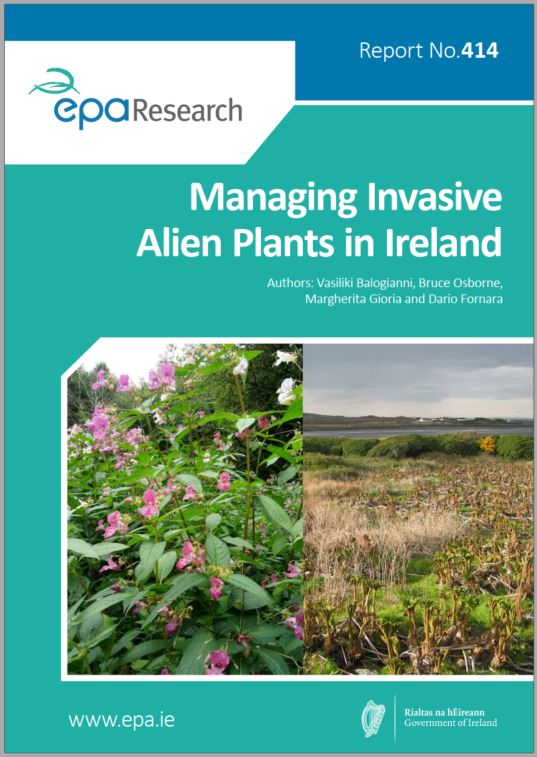
Authors: Vasiliki Balogianni, Bruce Osborne, Margherita Gioria and Dario Fornara, July 2022
Year: 2022
The presence of invasive alien plant species across Ireland and Europe has increased significantly in the past few decades. The impacts of these invasions vary but they can lead to major modifications in ecosystem functioning. This research project has broadened our understanding of the ecological traits, strategies and impacts of invasive species. This information can be used in the management of invasive plants and help to inform legislation that might need to be introduced or strengthened.
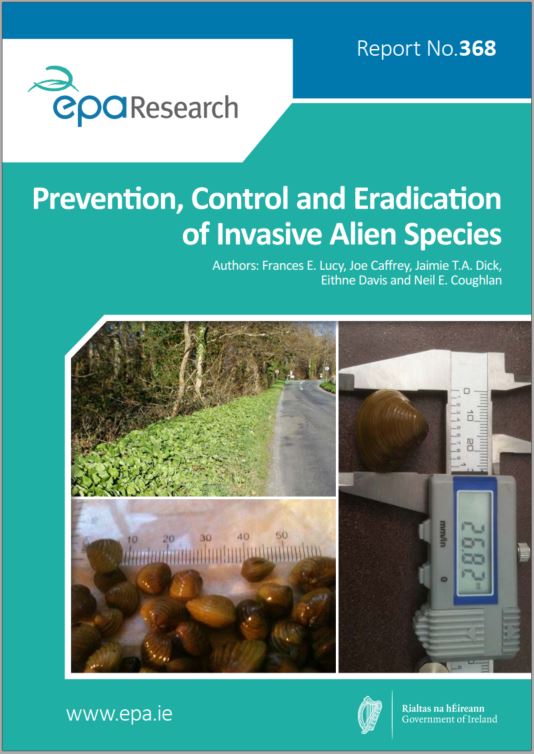
Authors: Frances E. Lucy, Joe Caffrey, Jaimie T.A. Dick, Eithne Davis and Neil E. Coughlan, February 2021
Year: 2021
Invasive alien species (IAS) are animals and plants that become introduced, either accidentally or intentionally to a region where they are not present and have serious negative impacts where they establish. This research informs policy on the prevention, early detection and rapid eradication of IAS, and their management in accordance with the internationally agreed hierarchical approach to combatting IAS.
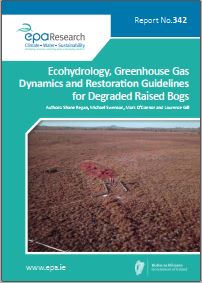
Authors: Shane Regan, Michael Swenson, Mark O’Connor and Laurence Gill, September 2020
Year: 2020
This report presents the results of an integrated scientific study on two raised bogs, Clara Bog, Co Offaly and Abbeyleix Bog, Co Laois, which are considered to be representative of lowland peatland conditions encountered in Ireland. To assess the restoration potential of degraded raised bog systems, and the level of management required to address the degradation, a simplified set of guidelines is provided as a summary in this report.
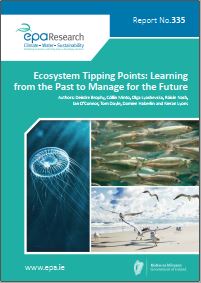
Authors: Deirdre Brophy, Cóllín Minto, Olga Lyashevska, Róisín Nash, Ian O’Connor, Tom Doyle, Damien Haberlin and Kieran Lyons, August 2020
Year: 2020
Marine ecosystems are undergoing unprecedented change, with natural capital declining to the point that benefits accrued by humans are at risk. This project aimed to collate and integrate datasets describing the Celtic Sea ecosystem, and to use this data to quantify how physical and biological ecosystem components have changed in recent decades and to establish relationships between ecosystem responses and external pressures.
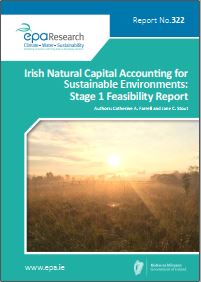
Authors: Catherine A. Farrell and Jane C. Stout, July 2020
Year: 2020
The INCASE (Irish Natural Capital Accounting for Sustainable Environments) research project aims to apply Natural Capital Accounting at a pilot (catchment) scale in Ireland. This Interim Report reviews natural capital accounting approaches, data requirements for the project, catchment selection, potential applications and feasibility.
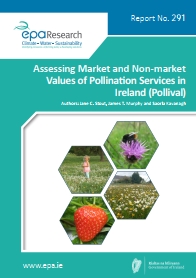
Authors: Jane C. Stout, James T. Murphy and Saorla Kavanagh, September 2019
Year: 2019
The Pollival project used pollinators and pollination services, which have public and political appeal, as a case study for assessing the market and non-market values of ecosystem services.
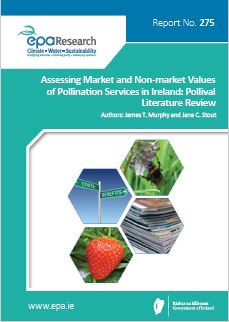
Authors: James T. Murphy and Jane C. Stout, May 2019
Year: 2019
Ecosystems provide various essential amenities, including food and water, and other valuable services to human societies (Joppa et al., 2016). However, ecosystems are increasingly threatened by human population growth, increasing urbanisation and intensity of production, and globalisation, which have resulted in loss and fragmentation of biodiversity, pollution and degradation of habitats, and climate change (Ripple et al., 2017).
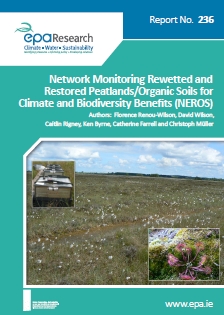
Authors: Florence Renou-Wilson, David Wilson, Caítlin Rigney, Ken Byrne, Catherine Farrell and Christoph Müller, February 2018
Year: 2018
Ireland contains large areas of peatlands that constitute some of the most ecologically diverse habitats in the country. In natural peatlands, permanently waterlogged conditions prevent the complete decomposition of dead plant material leading to the accumulation of carbon rich peat. However, less than 20 % of the original peatland area is considered to be worthy of conservation.
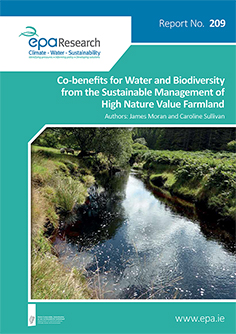
Authors: James Moran and Caroline Sullivan, April 2017
Year: 2017
Agriculture systems in Europe range from very intensive production on fertile land with high inputs to very extensive High Nature Value (HNV) farmland on marginal land with low inputs.
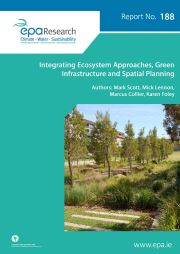
Authors: Mark Scott, Mick Lennon, Marcus Collier, Karen Foley, October 2016
Year: 2016
Research report 188 on Integrating Ecosystem Approaches, Green Infrastructure and Spatial Planning
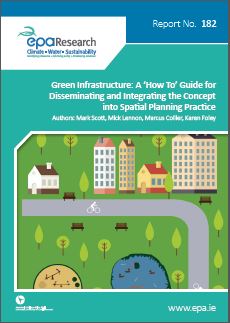
Authors: Mark Scott, Mick Lennon, Marcus Collier, Karen Foley, September 2016
Year: 2016
A ‘How To’ Guide for Disseminating and Integrating the Concept into Spatial Planning
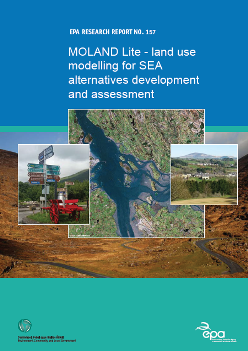
Year: 2015
MOLAND is a land use computer model that is based on socio-economic and demographic data and provides an image of the possible future. The model can ascertain what land use planning alternatives will look like over set time periods, and so it can be used to assess, monitor and model the development of (sub-)regional environments.
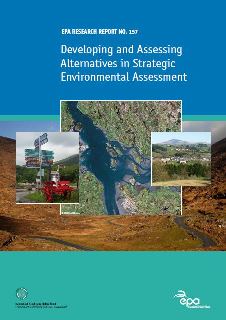
Year: 2015
Alternatives are fundamental to Strategic Environmental Assessment (SEA) and are required under the SEA Directive (Directive 2001/42/EC).1. Research Report 157 contains recommendations for the development of these alternatives
Summary of Findings - 2011-B-MS-1 - O’Flynn, C., Kelly, J. and Lysaght, L., July 2014
Year: 2014
Ireland’s invasive and non-native species – trends in introductions
[1].jpg)
Year: 2013
The SIMBIOSYS Project investigated the impacts that human activity have on biodiversity and ecological functioning, and the associated benefits of biodiversity to human society, that is, ecosystem services.
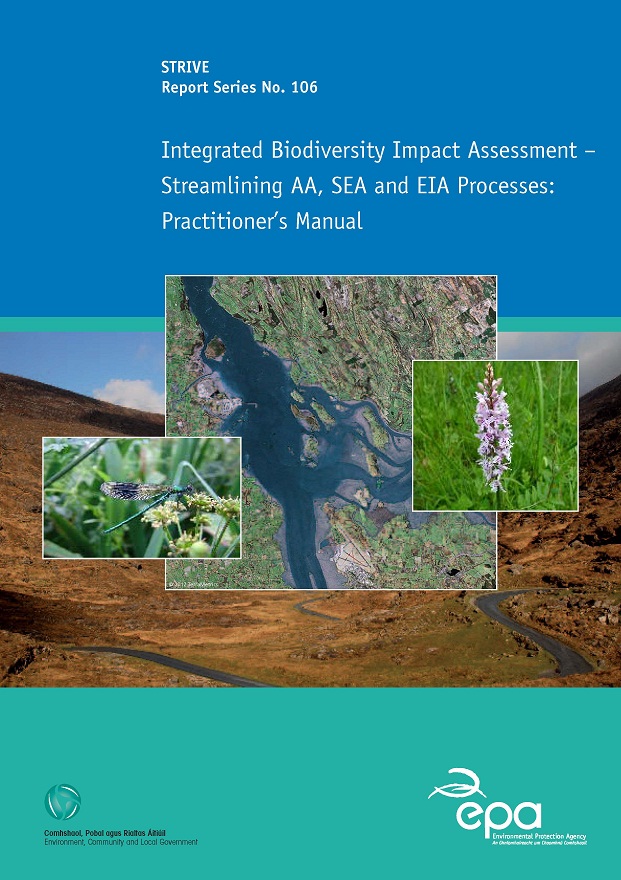
Year: 2013
This practitioner’s manual provides step-by-step guidance on integrating processes for biodiversity impact assessment.
Small Scale Study: Classification of freshwater sponges in Ireland, April 2013
Year: 2013
A recent small scale study was initiated by the EPA to classify taxonomically the sponge collection housed at the Environmental Protection Agency’s Regional Inspectorate in Kilkenny.
Year: 2012
Final Reports of the sub-projects of the BioForest project (ERTDI 2000-LS-3.1-M2) - S. Iremonger et al.
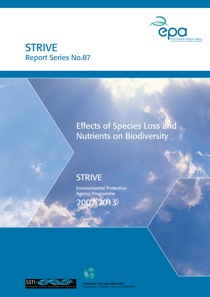
Final Report for project 2007-FS-B-8-M5, July 2012
Year: 2012
This project examined the effects of anthropogenic increased nutrient loads on the diversity of coastal ecosystems and the effects of loss of species on ecosystem functioning.
Biodiversity in Irish Plantation Forests
Final Reports (2000-LS-3.1-M2) - S. Iremonger et al.